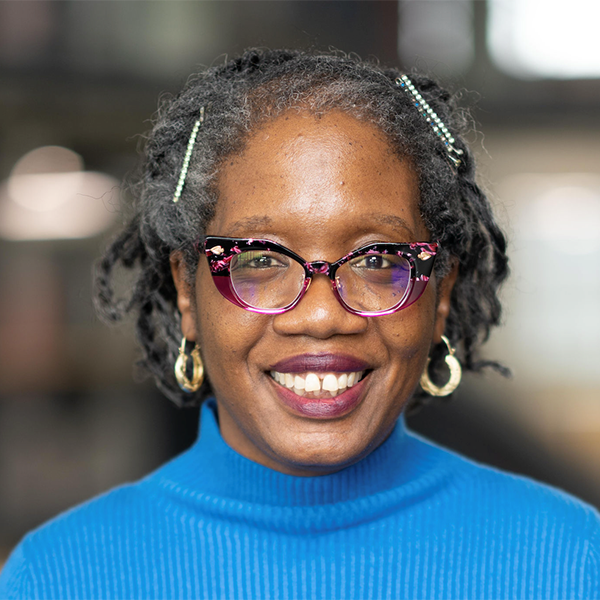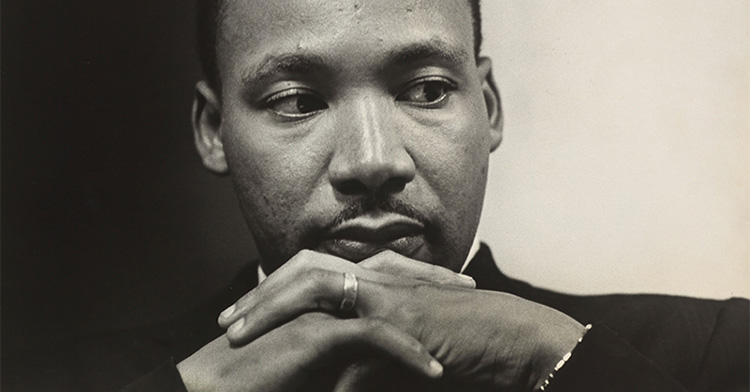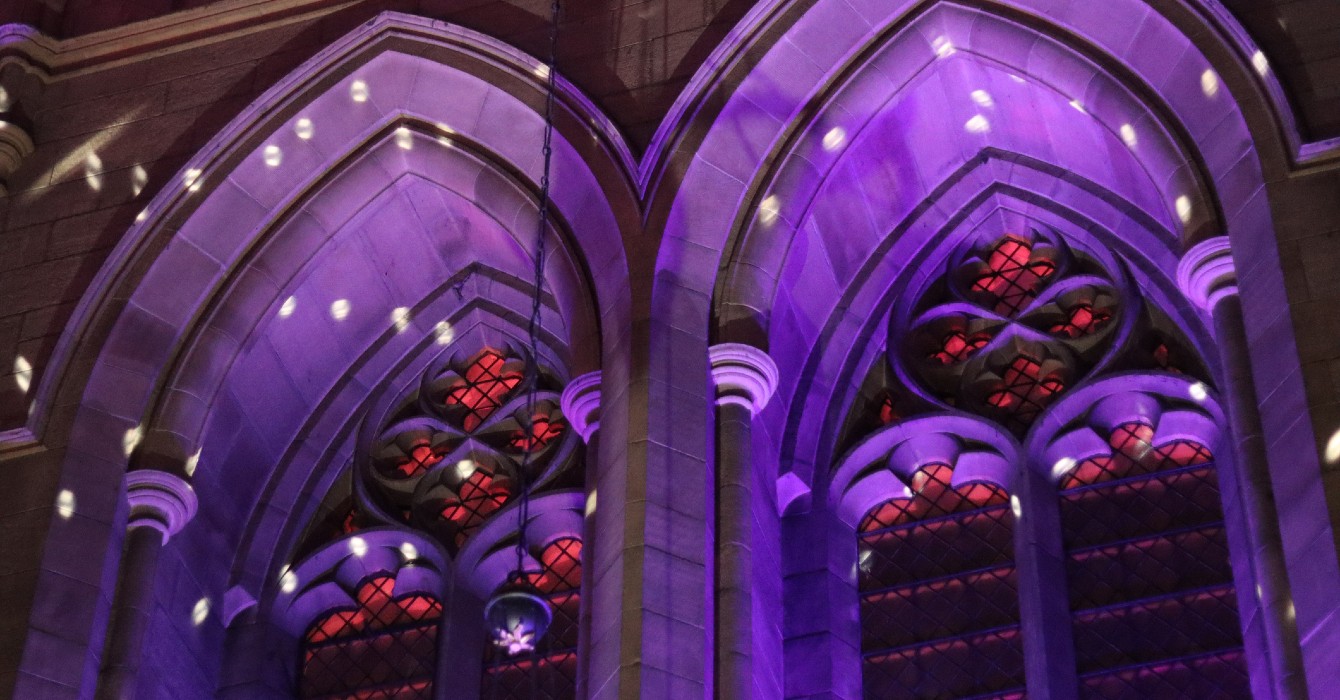You can’t grow up to be anything you want to be in America.
My young daughter and son have witnessed children who look like them and sound like them, who want to play like them, run free like them, but who are locked behind chain-link fences.
They have asked me, “Will that be us?”
With the continued violence against those who have been racially oppressed, the subjugation of women, the ableist design of our society, the systemic gaps in housing, wealth, health and education, we have stolen the imagination of future generations.
There is a limitation on the ability to dream big dreams when young Black, brown and Indigenous bodies die in our streets from state and social violence.
That compounding historical and contemporary oppression contribute to what I call “the purpose gap.”
Across America, a white parent tucks a child into bed and says, “You can be anything you want to be when you grow up,” and both parent and child believe it, while a parent of color tucks a child into bed and says, “Lord, keep my child safe.”
That is the purpose gap.
What do we do in this era when a life that’s just one derivation away from the white, Euro-descended, heteronormative male, able-bodied standard is linked to increased vulnerability? What do we do? How do we close this ever-widening gap?
This is a question of meaning and purpose. It is a question drawn from understanding that my, your, our calls to lives of meaning and purpose are set against the backdrop of a 530-year legacy of white supremacy in the Americas, beginning in 1492.
This violence has affected generations upon generations, hampering our ability to dream and to achieve our many purposes. It does not mean we are unable to dream, nor does it deny those who rise above. But our ability to imagine is impeded and distorted by the trauma that repeats both in history and in the material world.
We must retell the inaccuracies of history, because we are erased from the record. Most recently, the denial of tenure to Nikole Hannah-Jones, the creator of The 1619 Project, and Cornel West are clear signs that erasure or eradication are supremacist tactics even in places of “higher” learning. Hannah-Jones and West are making field-shaping contributions and providing cultural altar calls for the nation to face its violent and racist history.
Annihilation or assimilation, resistance or re-habituation, all while recidivist oppressions never go on trial.
What can we do? How can communities of color discern a purpose that is not just a photo negative of white-dominated systems?
What I offer -- as a starting place -- are three faithful ways of living in response to an unjust world: Be wire cutters, not gatekeepers; live like good ancestors; and celebrate constellations, not stars.
Be wire cutters, not gatekeepers
The images that flood our news feeds are chain-link fences that lock up Black, brown, migrant and Indigenous people at higher rates than our white-bodied neighbors.
With the dwindling influence of church and academy in society, I have witnessed the impulse to protect, qualify and control who and what are the expressions of leadership, the gatekeepers who are often given official titles like pastor, mentor or teacher.
Instead of gatekeepers, we need more wire cutters -- people who see the barriers and tear them down or, at the very least, cut holes big enough for our people to cross through into freedom.
This is not about white-bodied people teaching about the conditions, saying, “Look at these fences!” to those locked inside them. It is about using whatever power is available to tear through and down barriers.
Live like good ancestors
We need people to design and create conditions for future generations to thrive. The best time to plant a tree for this generation was several generations ago.
This is more than a metaphor drawn from scripture -- the gift of trees we did not plant and wells we did not dig (Deuteronomy 6:11); this is also a literal ecological plea that we are destroying this planet and need more trees!
When we live in this way, we are practicing daily life as though our great-great-grandchildren’s world, their ecosystem, their community and their dreams depend on it.
Celebrate constellations, not stars
As a society, we gaze at those who shine brightest -- the glittering star, the influencer, the genius among us.
Instead, we need to look for those leaders who come with their people -- their community, their ancestors and their descendants.
Leaders such as these are not looking to be the first or the only in the room but to create conditions to ensure that they’re not the last. They are not seeking their individual moments; they are trying to build a movement.
Overcoming the purpose gap is about repairing the world so that we may all dream again. Dream without fear. Dream with the world we all want to inhabit.
Closing the purpose gap means that when my children next ask the question, “Will that be us?” they won’t be looking at cages. Instead, they will be witnessing the wire cutters, the ancestors in training, the constellations of freedom fighters building the worlds where we all may thrive.
And I will reply, “Yes, mija and mijo, that is us.”














